Fidi Grube
Fidi (Fidy) Grube was a talented dancer who rose to fame in the 1920s of Weimar Berlin dancing alongside Kathleen (Kitty) Zammit and toured Europe. The dancing team of Zammit and Grube was most certainly one of the best and most successful of all German dancing teams in the 1920s and early 1930s.
When I first uploaded my post about the dancing team of Kitty Zammit and Fidi Grube, a few years ago, I had found a lot of information about their activities in Europe. But, although there was enough detail about the life of Kitty Zammit, there was little about the life of Fidi Grube. I was therefore delighted when a descendent of Fidi Grube provided enormous detail about his life and family background that has been the basis of this post.
See the full post about Kathleen Zammit and Fidi Grube here
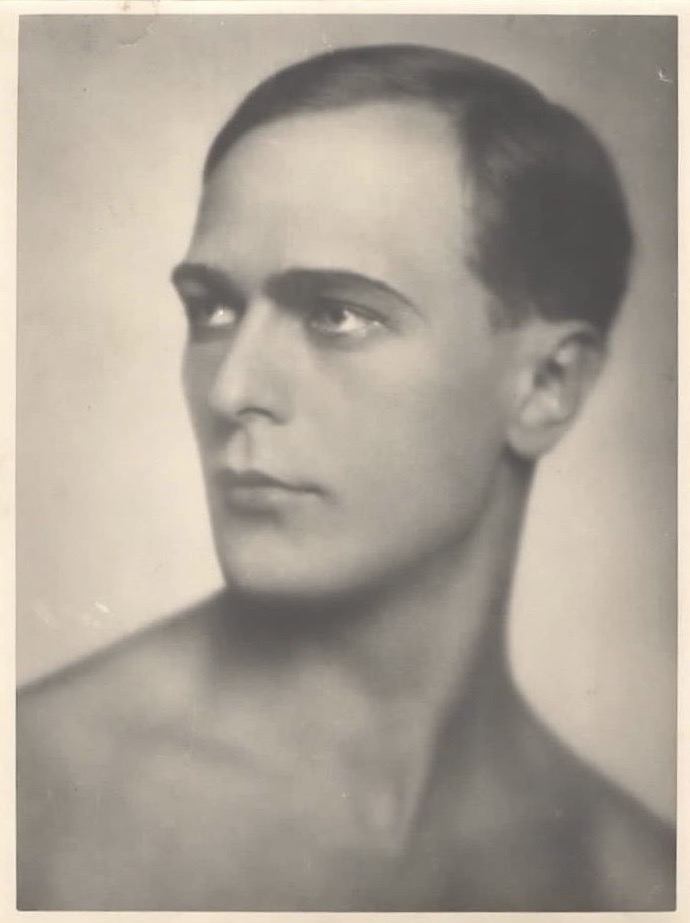
Fidi (or Fidy) Grube was born Friedrich Karl Grube on 16th April 1901 in Bremen to Elisabeth (nee Elisabeth Helene Margarethe Hannemann born in 1866) and Friedrich Karl Grube. The latter, known as Karl (or Carl), was born 8th August 1865 in Potsdam and married Elisabeth on 19th November 1894 in Berlin. Elisabeth had two sisters Martha and Grete and all three were teachers to girls but after marriage they were not allowed by law to work.
Karl’s father was Johann Carl Grube and his mother Henriette Emilie Marie. Johann was a minor royal official at the Prussian court, perhaps a valet. Karl had two brothers Ernst Hermann Paul (born 1874 died 1875), Emil Max (born 1889) and a sister Martha Elisabeth (born 1877).
Karl became a postmaster general and after his marriage lived in Bremen for a while (where Willi and his brother Fidi were born). The family moved often all over Germany, but returned to Berlin. At one point prior to World War 1, Karl lived with his family at the post office in Berlin-Steglitz (in the south of Berlin), on the corner of Bergstrase and Heesestrase in ‘a grace and favour apartment.’


Fidi’s elder brother called Willi Karl was born 8th December 1899 (some documents do say it was 22ndSeptember) 1899 in Bremen. Willi was in the military during World War 1 in 1917 and 1918 involved in army motor vehicles. He later became a high-ranking military man in the 1930s involved in communications. Willi married Amet Bornholdt and Fidi became fond of his two nieces – Willi’s two daughters Anna Maria born in 1930 and Katherine Henriette.
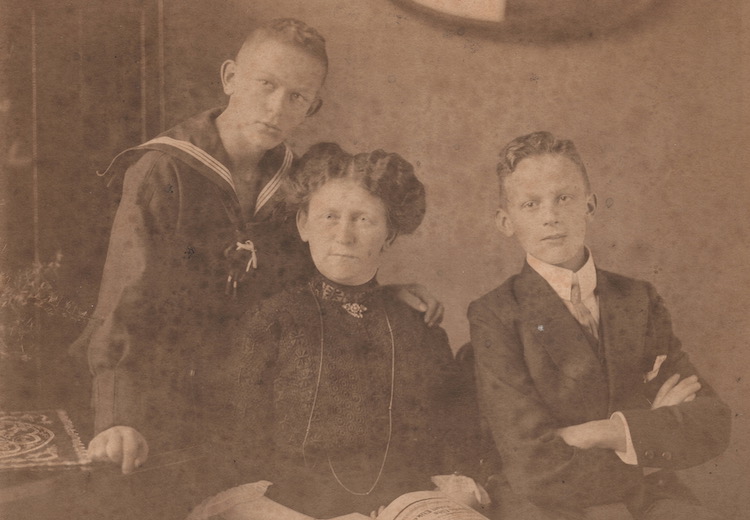
It is not known when Fidi became interested in dance or where he gained instruction, but it is most likely to have been in one of the many informal and private dance schools in Berlin at the time. When he applied for membership for the Reichsfachschaft Film in 1935, Fidi wrote that he had studied classic and acrobatic dance. Reichsfachschaft Film was a register that all film actors, directors and filmmakers had to join during the National Socialist era in order to continue their professional activities.
Fidi’s mother Elisabeth died at the age of 58 of heart disease on 4th January 1924 in Berlin (Steglitz). Before this she had had a stroke and FidI took great care of her. It may have been shortly after the death of his mother that Fidi joined Hanns Gerard in his dancing troupe called the Ballet Gerard. One of Germany’s leading dancers, Gerard emerged just after the First World War having been trained at the Berlin Opera House (Deutsches Opernhaus) in Charlottenburg and then began performing with German and Russian dancers. He was fond of pantomime and began to organise his own ballet group presenting a range of dance performance, ballet and pantomime.
See the full post about Hanns Gerard here
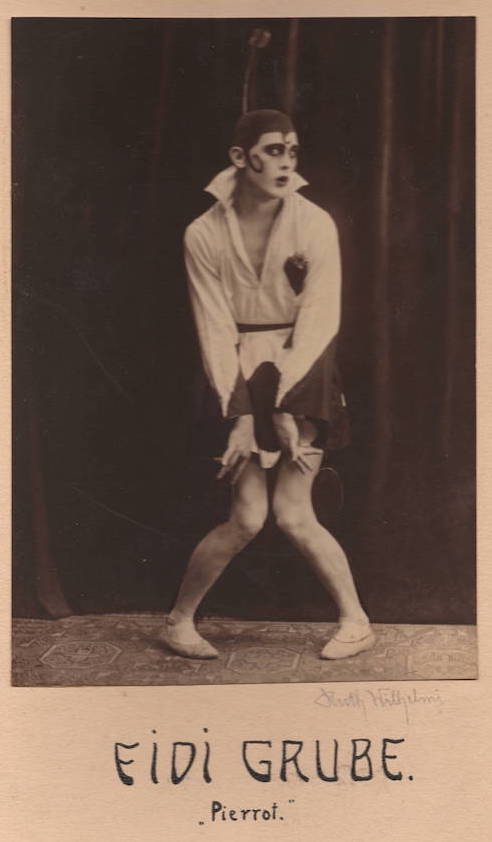
There are numerous photographs of Fidi with Hanns Gerard and his troupe from Fidi’s personal photographic album. During 1924-1925, the troupe comprised Hanns Gerard, Dita Georgiewa (his wife whom he had married in 1923), Fidi Grube, Kyra Gurakaje, Rita Mitschiner, Mady Charles, Ruth Wille, Arnold Surkow, Erika Lenz and a Herr Willi. Significantly, there was also Kitty Schmidt (Kathleen Zammit) with whom Fidi would later form a dancing partnership.
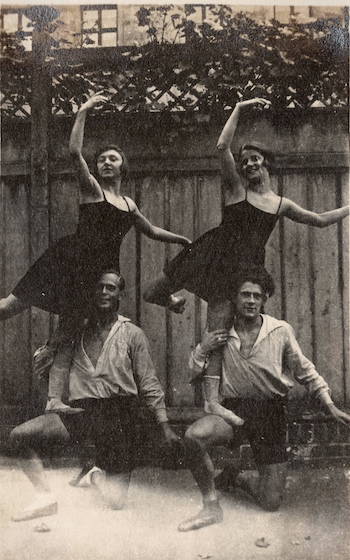


The Hanns Gerard Ballet toured through Germany through 1924 and 1925 visiting Hamburg (July 1924), Munich (August 1924), Nuremberg, Leipzig, Stuttgart (January 1925) and Cologne. The group also visited Budapest, San Remo, Innsbruck, Lugano (March 1925), Alassio and Innsbruck (May 1925) but there may have been other stops on the tour in other European cities. It is likely that Fidi and Kitty continued dancing with Hanns Gerard’s company through the early part of 1926.

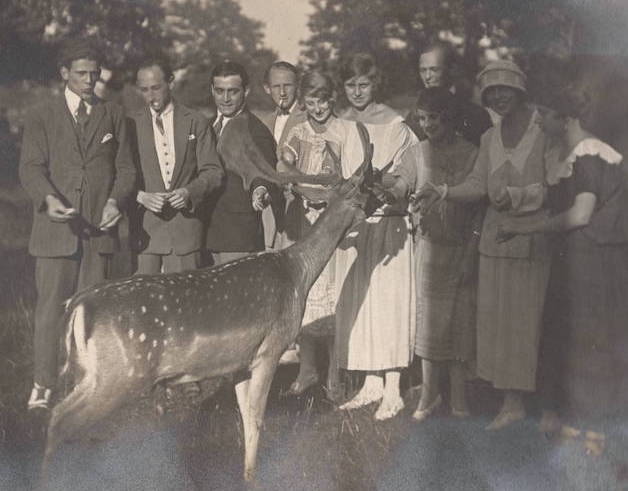
Fidi joined Kathleen (Kitty) Zammit in a dancing act called Zammit and Grube and specialised in arty acrobatics. Seemingly their first known appearance as a dancing team was in Berlin in early 1926. Thereafter, they travelled all over Europe from 1926 to 1935 and even the Near East and performed in Paris, London, Istanbul, Cairo, Dresden, Munich, Vienna, Copenhagen, Amsterdam and Stockholm.
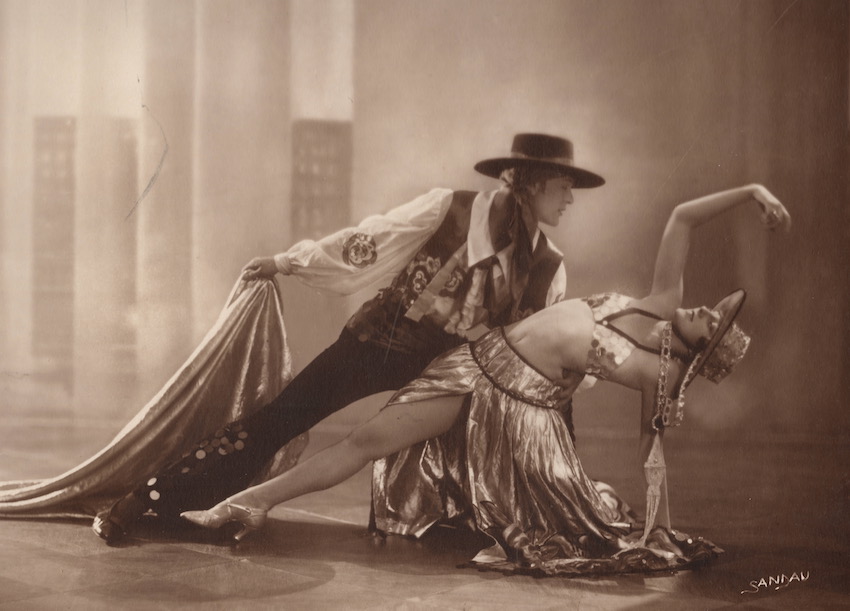
They both remained loyal to Hanns Gerald and despite their own success performed with him again in Paris in 1930 and in Holland during the early 1930s.
See the full post about Kathleen Zammit and Fidi Grube here

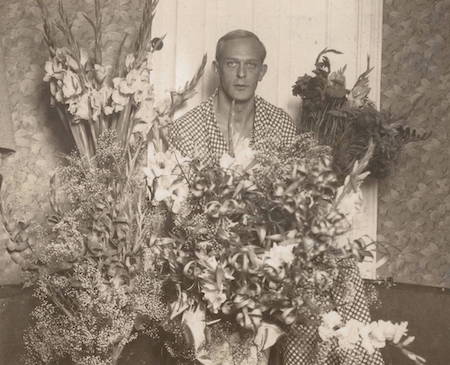
One interesting association during this period was with the celebrated black dancer and choreographer Sonny Jones. Fidi was seen in two photographs with Kitty Zammit along with Sonny Jones and the Spanish dancer Maru. The photographs must come from the time they all appeared together in the Emil Schwarz revue Hoppla, Wir Leiban at the Apollo Theater Düsseldorf from 1st March 1928 or Wissen Sie Schon? at the Central Theater, Dresden from the beginning of September 1928.
See the full post about Sonny Jones here
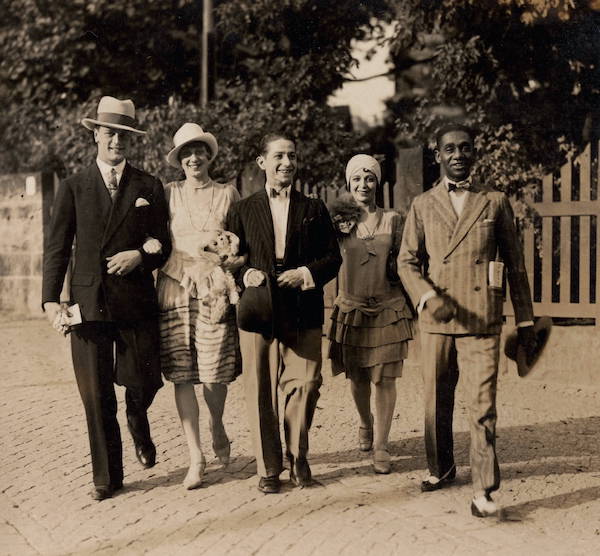
The style of dancing that Zammit and Grube exhibited was varied but included semi-nude performance something that would have been viewed as decadent and unacceptable by the Nazi regime of the mid-1930s.

In terms of Fidi’s sexual orientation, Karl his father, always protected and defended him, and the rest of his family also extended their support. This must have been even more evident with the rise of Hitler and the Nazi party in 1933. During the 1930s when many homosexuals were persecuted and exterminated by the Nazi regime, Fidi was fortunate and did escape. No doubt this was also due to his family protecting him.

It is interesting to note that other well-known figures in ‘entertainment’ like the actor Gustaf Gründgens, who, although he had ‘two lavender’ marriages, was well known by the Nazi’s to be homosexual, was tolerated and protected because of his reputation as one of Germany’s leading and influential actors.
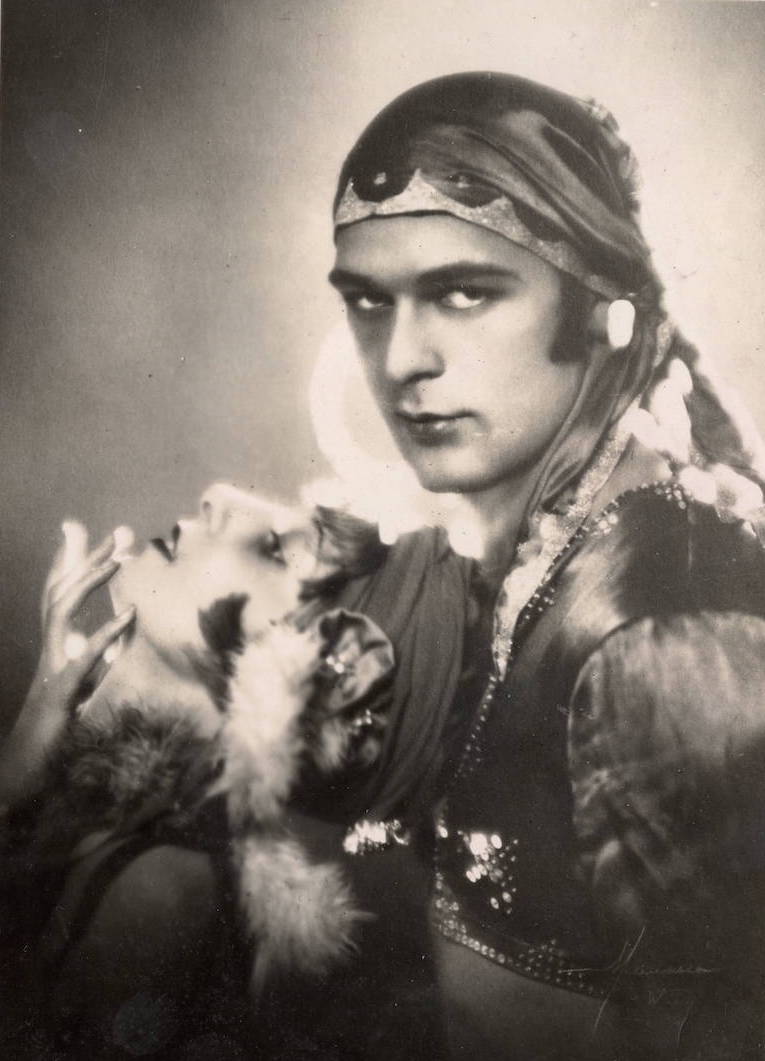
One must presume that for some reason Fidi was not on the Nazi’s infamous ‘Pink List’ of people known to have homosexual tendencies and later persecuted. And, yet as a young man about town in Berlin and other German cities like Munich and cities like Budapest and Vienna, he must have enjoyed night-time excursions to legitimate night-clubs and dance palaces. It is likely that Fidi enjoyed many of the night-times rendezvous in Berlin and Charlottenburg like the Barberina, the Valencia, the Kakadu, the Palais de Danse and many others. Fidi may have also visited other well-known ‘gay’ haunts that proliferated in Berlin in the 1920s like the Eldorado, Zauberflote, Karls-Lounge and the Burger-Casino.

From one of his photographic albums, it has been possible to identify one of Fidi’s friends who was named Horst Riehmer (Fidi wrote a letter to Horst in 1941 when Horst was living in Shanghai. Identification was confirmed by viewing a photo of Horst in his emigration papers to the USA that matched existing photos in Fidi’s album). It would appear that Horst was gay and perhaps may have had a relationship with Fidi at some point in time. Horst’s story, although limited, does provide a possible insight into Fidi’s social circle in Berlin in the mid-to late 1920s and 1930s.

Horst was born in 1900 (so was just slightly older than Fidi) and had a brother and sister. From passenger lists and emigration documents he listed his profession as ‘hotelier’ which indicates he may have been involved in the ‘entertainment’ industry in Berlin. There is another tantilising clue online that suggest that prior to 1928 Horst ran a restaurant publishing house (Gastronomisher Verlag) from 6 Reichs Strasse, Charlottenburg. Indeed, according to the Berlin telephone directories Horst lived in the Charlottenburg district from 1932-1937.
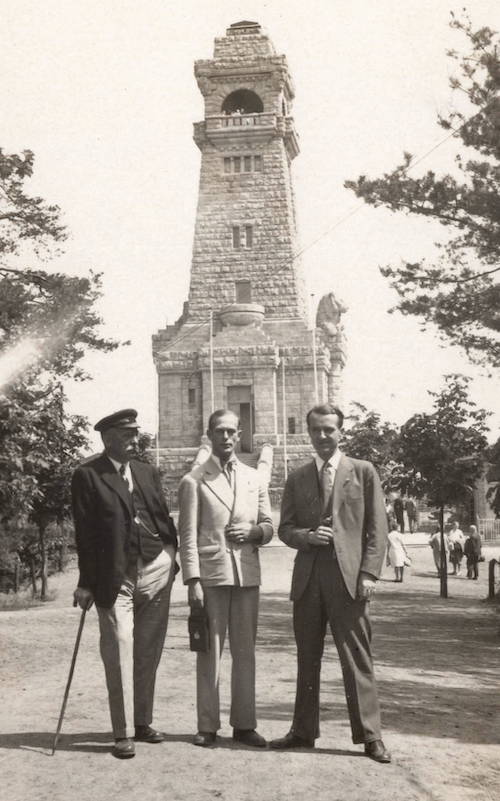
With the rise of the national socialists, Horst decided to leave Berlin, perhaps around 1937 and like thousands of others escaped to Shanghai in China. Currently, there is no evidence that the Horst family were Jewish so the reasoning for his departure was either that Horst was gay or he was anti-Nazi or both.
In Shanghai, Horst was part of a clique of people involved in the local entertainment industry and allegedly at some point ran a club called the Maskee. According to various online sources he was associated with the infamous Freddy Kaufmann. The striking and charming Kaufmann had been a prominent figure in Berlin nightlife in the late 20s and early 1930s. He had been MC or conferencier at the Jockey Bar, owned by Otto Schulze that had opened in July 1929 at Lutherstraße 2, Charlottenburg (now Keithstraße 17). This cosmopolitan venue became one of Berlin’s major night-time rendezvous in the 1930s with many celebrity regulars such as Marlene Dietrich, Gustaf Gründgens, Alfred Kerr, Max Liebermann, Max Slevogt, Klaus and Erika Mann, Erich Kästner, Andre Gide, Jean Cocteau and Ernest Hemingway. Allegedly, on arrival in Shanghai Kaufmann and Riehmer opened a café (perhaps the Maskee) but thereafter, Kaufmann ran Sir Victor Sassoon’s Tower Club in the Cathay Hotel and then Ciro’s, before his untimely death in 1939.
It is highly likely that both men (Kaufmann and Riehmer) knew each other from Berlin and as an extension would indicate that perhaps Fidi was also in their social circle and a habitue of the Jockey Bar.
After the war Horst moved from China to the USA and arrived in San Francisco in July 1946. He continued a career as a ‘Hotelier’, spent some-time in Puerto Rico, returned to Europe in 1950 but finally settled in Los Angeles where he may have opened a night-club called the Piff Paff Pouf in 1953 before becoming the maitre d’hotel at the Biltmore Hotel, 1260 Channel Drive, Santa Barbara by 1961. He died in 1990.
Very much part of the Grube family, Fidi attended family reunions and celebrated Christmas and other holidays with them. According to his niece Anna Maria he was very funny with a great sense of humour and had a great delight in making mischief.
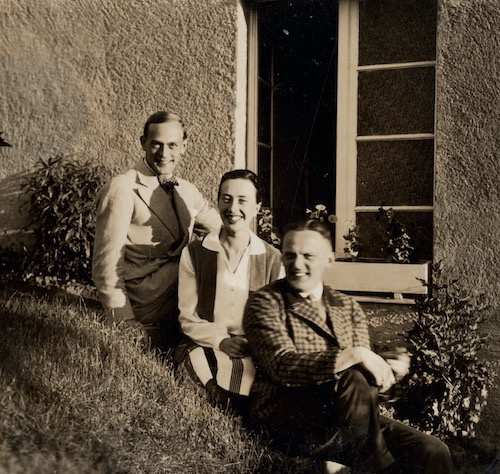
From the available photographs Fidi was tall, very fit and handsome. It is clear he also had a great clothes sense and was extremely dapper in very stylish attire. He was also an accomplished artist and his family still retain some of his paintings.
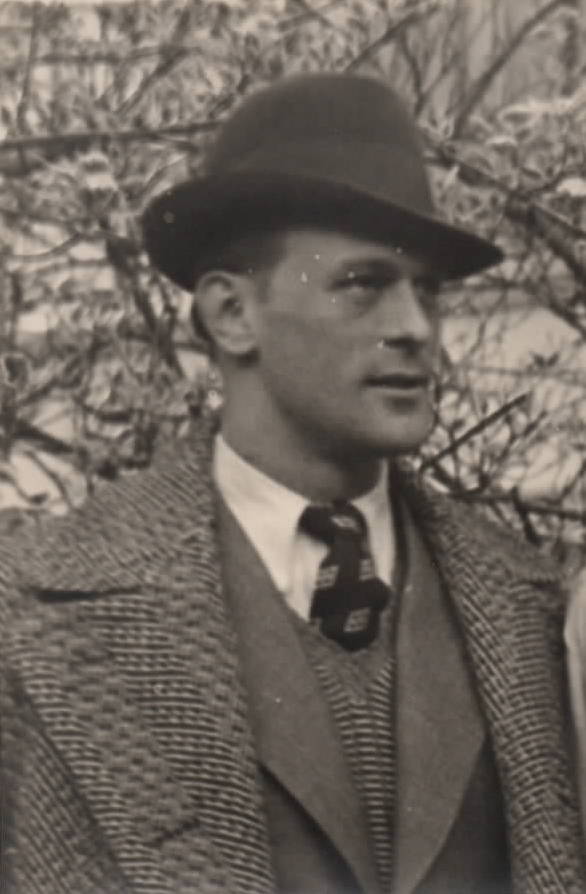


In 1935 he stopped dancing with Kitty (Kathleen) Zammit. He explained in an unsent and incomplete letter to Horst Riehmer, that they had in effect burnt themselves out and were tired of travelling. Fidi’s health may have also been a factor as he had developed a heart condition, like his mother – and his heart was perhaps giving him problems.
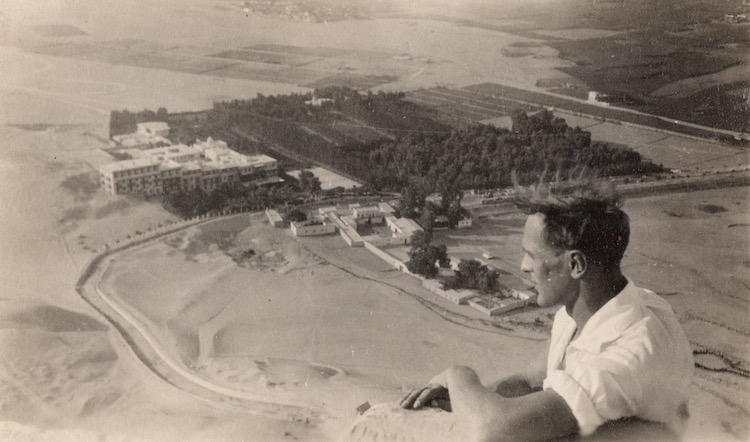
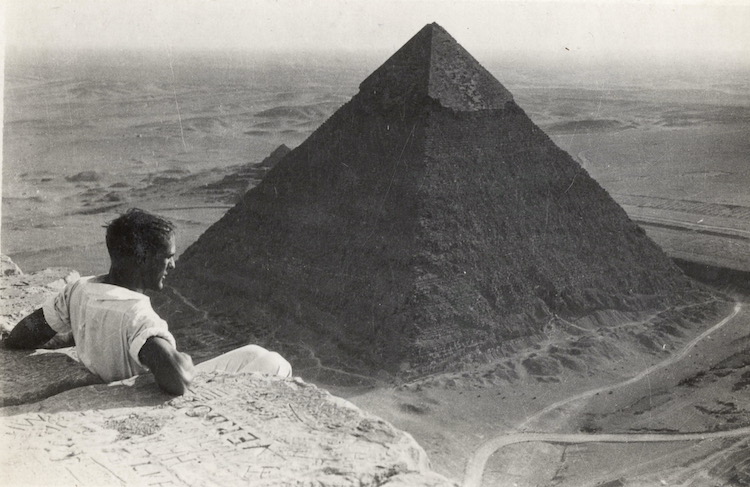
Post 1935 Fidi did appear in some stage shows including a revue starring Gisela Schlüter, the blonde lanky comedienne and all-round entertainer. There is a photo of Fidi with her in one of the scenes which appeared to follow a frumpy teacher and her very unruly class who save her from herself. It is not known when or where this performance took place but since Schlüter was featured at the Scala in 1937 and the Kabarett der Komiker in 1938 (both in Berlin) perhaps one of these places was the venue.

In February 1937 Fidi was also in the cast of a show entitled Herrliche Welt! (Glorious World!) that was staged at the Deutsches Theater, Munich. The show was described as a revue directly from the Scala Theater in Berlin and starred Trude Hesterberg and Fritz Fischer. Herrliche Welt! had been staged at the Scala, Berlin in August 1936, with a sequel Dream Carousal being staged in November 1936. Although a program for the show in Munich lists Fidi, sadly there is no confirmation that he was in the show in Berlin but it is most likely that he was in the cast.
It would appear that largely, Fidi worked in the German film industry, most likely as an extra or in dance sequences although no confirmed credits have surfaced. He stated that he did work for Lubitsch Films, UFA and Tobis. In his letter to Riehmer he stated that he was ‘earning very well from film without risk or great effort.’ He had wanted to develop a new variety routine but he abandoned the idea and stayed with film work even though he said ‘it wasn’t the right thing for me.’ It clearly paid the bills.

Once again according to the unsent letter to Riehmer he wanted to become a photographer and had bought the best equipment he could but it took 8 years to pass a final master’s examination. When war broke out in 1939, he was drafted in October 1939 and a few days later found himself in West Saarland. He said that he ‘would have felt very comfortable with the Prussians, but I had the misfortune of being with nothing but old fathers whose manners did not suit me, for I am still very young. Although I was one of the oldest in years. I was freed from these complications by a heart attack.’ Fidi was immediately taken to a hospital, where he was treated with the utmost care for 4 months by ‘nice comrades and fabulous doctors.’ As a soldier he said he ‘was done for and for my old job too.’
Fidi became a severe war disabled person and decided that he would continue retraining as a photographer. Writing in 1941 he said it would take 2 years and then he would ‘be free and independent again.’ He stated that as person with a disability he was being paid 140 Marks per month including a lifetime pension of 45 Marks. In addition, he received benefits, tax reductions and half prices for almost all economic areas.
In later years, although Fidi lived with his father Karl Grube in Berlin-Oberschöneweide, Zeppelinstr. 79, he also maintained an ‘atelier’ or apartment in Berlin. Karl was listed in the telephone directory for this address in 1937, 1938, 1939, 1940 and 1941 as a Postal director. Karl clearly must have looked after and shielded Fidi in his last few years.

Fidi died on 13th September 1942 in the Bindow district (a village on the borders of the river Oder, now in Poland) not far from where he lived in Zeppelinstrasse of acute cardiac arrest.

Karl died 25th November 1953 in Berlin aged 88 at Zeppelinstase 11 in the Köpenick district that was then in East Germany.
This post has been written in close association with Gabriele Zürn
All text © copyright Gary Chapman / Jazz Age Club and must not be re-used without prior consent
All images © copyright Gabriele Zürn and must not be re-used without prior consent

